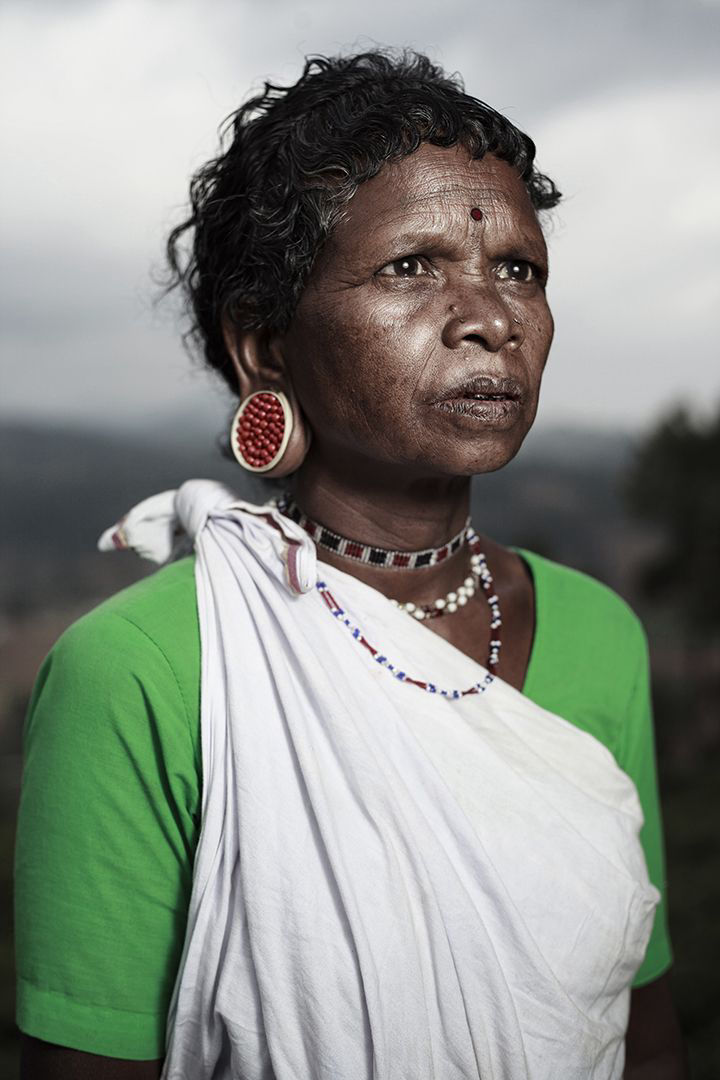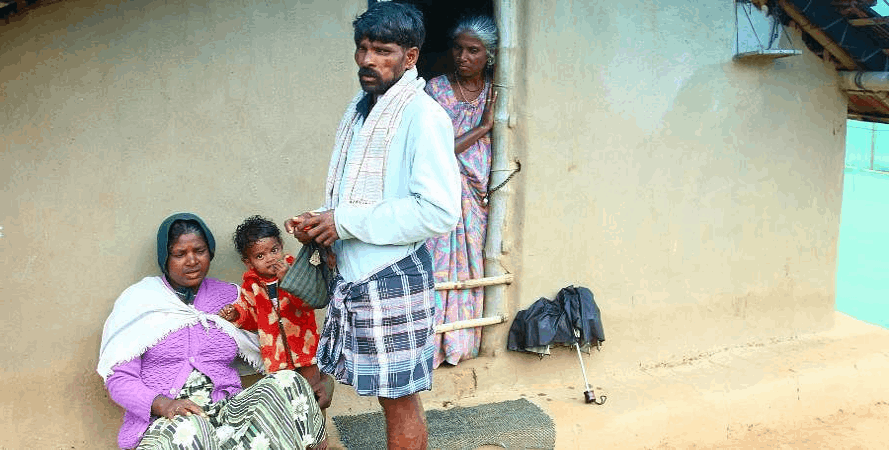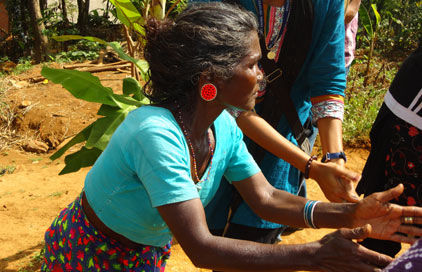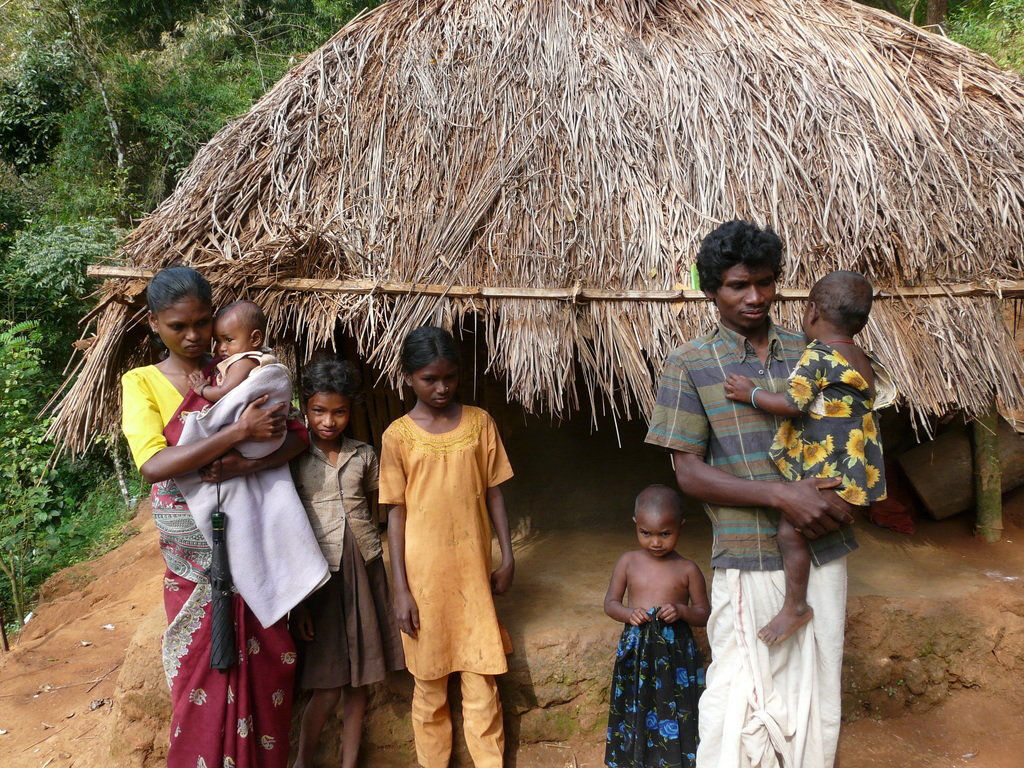Displacement of Tribal Community
In the past, the area was only inhabited by the Tribes, Wynaadan and Moundadan Chettys and a few other big landlords. They were fairly Isolated from the outside world and were to some extent interdependent on each other bartering goods and services. It was said the only things needed from outside were cloth and salt. Few outsiders came to the area because of malaria; however, in the 1880’s the British established tea plantations and kept malaria under control by draining swamps. They brought in labour from outside the area, but there was still plenty of space for Tribals.
In 1956 with the formation of linguistics states, the area became part of Tamil Nadu. The next wave of incomers was from Kerala in response to the governments ‘Grow More Food’ campaign of the late ’60s. Many people flooded into the area and settled on any available land, including the land the Tribals traditionally thought of as theirs. Later large numbers of Sri Lankan repatriates were settled in tea plantations on what had once been virgin forest land.
These influxes of migrants have put great pressure on land and have also affected the Tribals’ environment, culture, and traditions. From being a predominantly Kerala culture with wide-open spaces, it has become much more a Tamil one with pressure on land.
